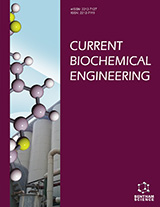Abstract
The object detection framework recognises real-world objects within the
frame of a moving photograph or computer-generated image. The object has a location
to flow to through other objects, such as people or automobiles. Item detection is
widely used in sectors where it is necessary for an organization's security and growth.
The vast range of applications for protest detection include image recovery, security
strategy, reason for inspection, machine framework assessment, and computerised
vehicle structure. In contrast to conventional object localization techniques, machine
learning-based object identification makes use of the machine's greater capacity to
learn and represent knowledge [1]. A difficult problem in the analysis of designs and
computer frameworks is object detection. Later on, the relationship between object
detection, video analysis and image processing was developed. The complicated
structure that is now being constructed includes both fundamental and sophisticated
features, and the evaluation is carried out depending on the classifiers used. A complex
system that can accurately assess and distinguish between numerous aspects is
produced as a result of this combination. Several deep-level characteristics have been
developed as a result of machine learning advancements to address the problems in the
old design [2]. We conducted research on one-stage and two-stage object detectors,
which are further categorised into deep learning methodologies. To enhance object
detection, CNN networks employ these algorithms. An evaluation of the machine
learning method for object detection is presented in this paper [3]. The protest site's
applications have been distilled. The various methods of object localization employ
template-based, region-based, and portion-based methods.






















